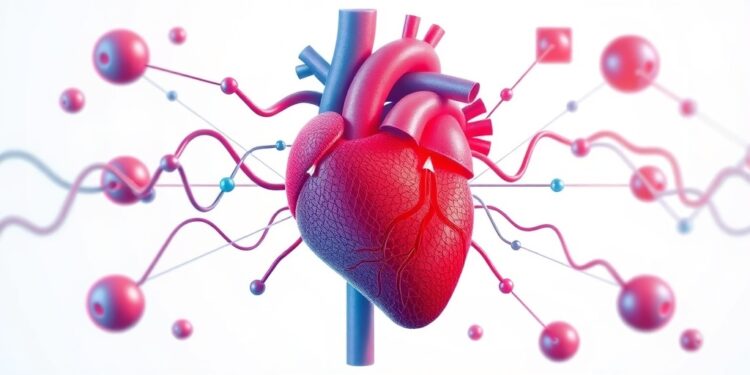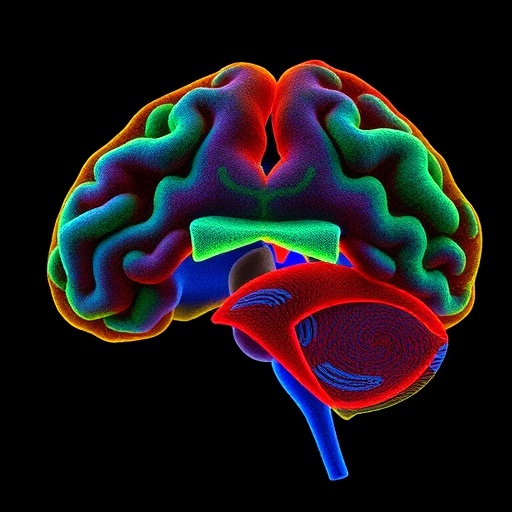In recent years, the integration of deep learning methodologies with electrocardiography (ECG) has opened new avenues for diagnosing and managing cardiovascular diseases. The promise of advanced algorithms in interpreting complex ECG signals presents a transformative opportunity for the medical field. A systematic review, which scrutinized 198 high-quality publications, delineates the current state of research in this domain and highlights the profound impact of these innovations on patient care.
Cardiovascular diseases remain one of the leading causes of morbidity and mortality globally. The traditional methods of diagnosis heavily rely on the interpretation of ECG by medical professionals, which can vary significantly in accuracy. However, the emergence of deep learning techniques has the potential to standardize and enhance this diagnostic process. By employing sophisticated neural networks, deep learning models can learn from vast datasets, gaining insights that may elude even the most experienced clinicians.
The systematic review emphasizes several techniques that have recently gained traction. Convolutional neural networks (CNNs), a class of deep learning algorithms, have been particularly effective in classifying arrhythmias and detecting anomalies. These systems can process multiple layers of data, allowing them to identify patterns and features in ECG signals that are indicative of various cardiovascular conditions, including atrial fibrillation and myocardial infarction.
Moreover, recurrent neural networks (RNNs) and long short-term memory (LSTM) models are proving to be effective in handling time-series data, such as that generated by ECG machines. These models excel in identifying temporal dependencies which are crucial for understanding the progression of heart diseases over time. By analyzing sequences of heartbeat data, these algorithms can predict potential cardiac events before they manifest clinically.
The review also sheds light on the role of transfer learning, where pre-trained deep learning models are fine-tuned with smaller datasets specific to cardiovascular diseases. This approach not only accelerates the training process but also enhances model performance, particularly in scenarios where access to large medical datasets may be limited. The adaptability of deep learning models in various contexts underscores their relevance in the ever-evolving field of cardiovascular diagnostics.
Despite the promising advancements, the systematic review doesn’t shy away from addressing the challenges associated with implementing deep learning in clinical practice. Issues such as data privacy, the need for extensive datasets, and the interpretability of model outcomes pose significant hurdles. Understanding how these models arrive at their conclusions is crucial for clinician trust and ultimately patient outcomes. There remains a palpable need for transparency in AI-assisted diagnostics.
Furthermore, the integration of deep learning in ECG interpretations obligates regulatory scrutiny. As algorithms become more autonomous, it is imperative that they adhere to established medical standards to ensure patient safety. Regulatory bodies must work closely with AI developers to create frameworks that facilitate innovation while safeguarding public health.
The systematic review also explored collaborative approaches between computer scientists and cardiologists, which is essential for successfully deploying deep learning solutions in clinical settings. These interdisciplinary collaborations not only promote the sharing of knowledge but also help in designing algorithms that are clinically relevant and tailored to specific diagnostic challenges faced by healthcare professionals today.
An additional advantage of deep learning in ECG analysis is its capacity for real-time monitoring. Wearable technology that tracks heart rhythms and employs deep learning algorithms can alert patients and healthcare providers to concerning changes or irregularities. This level of constant surveillance holds immense promise for improving patient outcomes and enabling timely interventions.
Moreover, the review highlights the potential for deep learning models to aid in personalized medicine. By analyzing individual patient data, these models can help tailor management strategies based on a patient’s unique risk factors and health history. This point underscores a shift in the paradigm of cardiovascular care—from a one-size-fits-all approach to more personalized and effective management options.
In conclusion, the systematic review serves as a call to action for ongoing research in deep learning and electrocardiography. With the remarkable advancements being made, there is an urgent need for continued exploration and validation of these techniques in clinical settings. The landscape of cardiovascular diagnosis is poised for a revolutionary shift, driven by the power of AI and deep learning.
As researchers continue to delve deeper into this intersection of technology and medicine, the potential for improved diagnostic accuracy, enhanced patient management, and ultimately better health outcomes expands exponentially. The integration of deep learning into ECG analysis is not merely an evolution—it’s a revolution in cardiovascular care.
With this promising future, it is clear that the synthesis of deep learning and electrocardiography is set to redefine how cardiovascular diseases are diagnosed and managed, paving the way for innovations that can profoundly improve patient care worldwide.
—
Subject of Research: Deep learning techniques in ECG for cardiovascular disease diagnosis and management.
Article Title: Deep learning and electrocardiography: systematic review of current techniques in cardiovascular disease diagnosis and management.
News Publication Date: 2025
Web References:
References: https://doi.org/10.1186/s12938-025-01349-w
Image Credits:
Keywords: Deep learning, electrocardiography, cardiovascular disease, artificial intelligence, machine learning, arrhythmia detection, personalized medicine, healthcare innovation.
Tags: artificial intelligence in ECG interpretationconvolutional neural networks for arrhythmia detectiondeep learning in cardiovascular carediagnostic accuracy in heart diseaseelectrocardiography advancementsidentifying patterns in ECG signalsinnovations in heart disease managementmachine learning applications in healthcareneural networks for ECG analysisstandardizing cardiovascular diagnosticssystematic review of cardiovascular researchtransformative technologies in patient care





